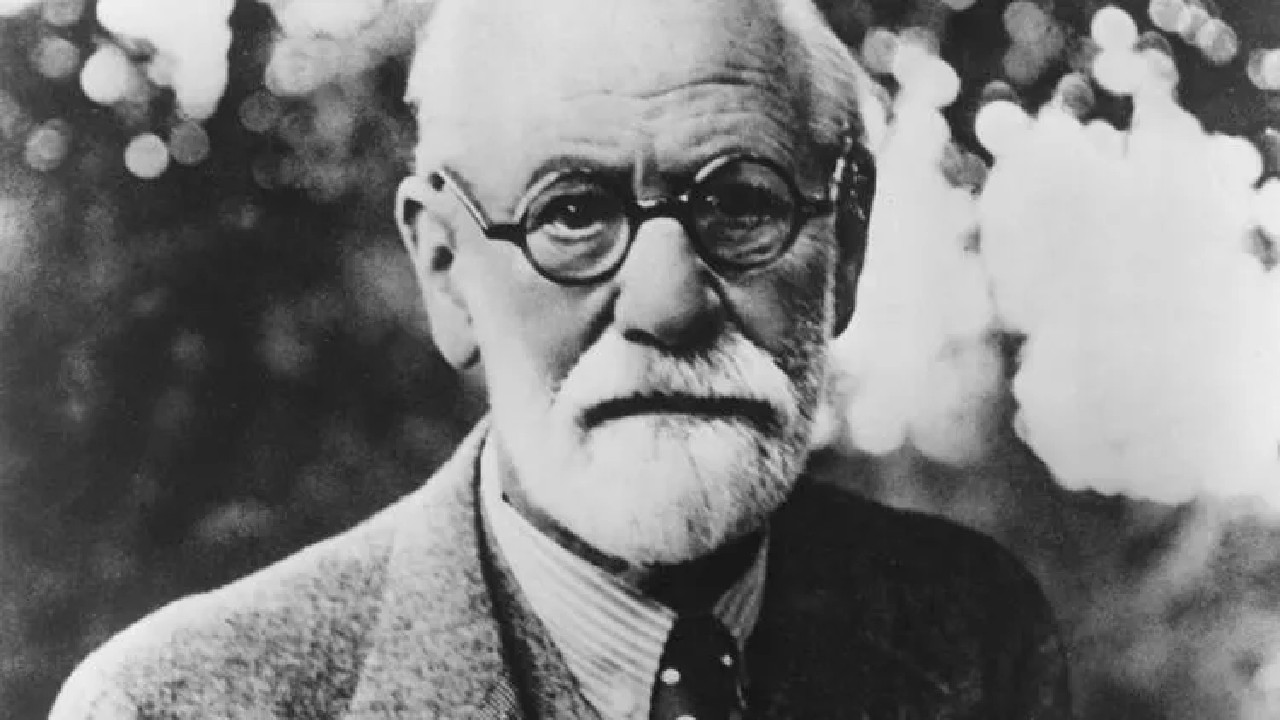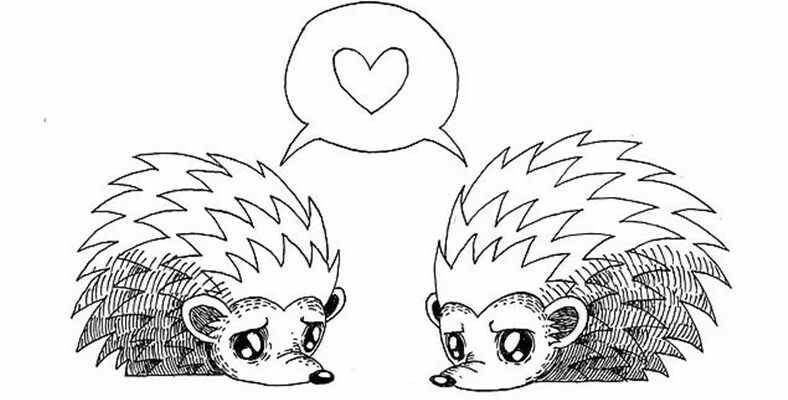We learn over and over again that human relations are complex, through the kinds of experiences we have every day. It is difficult to establish closeness or to get away. It’s hard not to hurt when you’re close, it’s also hard to be self-sufficient when you’re far. Here, Schopenhauer and Freud summarize this complex situation through the Hedgehog Dilemma. In this article, we share with you the light that the two shed on human relations in a metaphorical way.
“Neither with or without you…” we sometimes say. If the person in front of us stays in our lives, it is a problem, if he leaves our life, it is another problem… The famous philosopher we will talk about in today’s article. Arthur SchopenhauerHedgehog Dilemma, one of the important metaphors of ‘s, will explain the degree of intimacy in people’s relationships and the abuse of personal spaces with hedgehog behaviors. Sounds interesting, right?
Family, friends or lover… Relationships that can be extremely challenging to establish and manage human relationships. The excessive closeness built on a not very solid foundation, especially with deprivation, restlessness and rudeness, brings with it crackling sounds. Arthur Schopenhauer explains this equation that we talked about with the Hedgehog Dilemma. over hedgehogs It enables us to see better the approach and distance behavior of people in relationships.
Human relations through the hedgehog metaphor
Hedgehogs huddle together to raise their body temperature in cold weather. The warmth and comfort that this snuggle brings prevents the two hedgehogs from realizing that they are actually hurting each other with their arrows. Of course, this situation does not last long, after a certain time hedgehogs; They start to feel uncomfortable with each other. The dilemma, in this example; hear the cold air to deprivation, desire to mingleThe arrows that cause the healing power expected from human relations and the discomfort of hedgehogs are the limit of humans. He likens it to his overbearing, irritating behavior.
After being separated from each other due to arrows, the hedgehogs, who had to struggle with the cold this time, prefer the discomfort of arrows to succumb to the cold and get closer again. Hedgehogs, who had the same problems in this rapprochement, drift away again, and eventually, they set up the next rapprochement in a different way, eliminating this dilemma and discomfort: Hedgehogs, distant They approach each other in a way that prevents both the cold and the behavior of harming each other.
What does this metaphor say?

We can say that Arthur Schopenhauer paints a picture of the unhealthy situation in human relations with the Hedgehog Dilemma. People, even if their intentions are goodThey tend to hurt other people they hug because of loneliness and restlessness. From this point of view, we can think that human relations will always result in harm at some point; but it is not. Just like in the metaphor, a distant intimacy can be the savior of human relations.
As can be expected, the first step to achieve this distant intimacy is from etiquette, out of courtesy and out of tolerance passing. If you only get caught up in the gaps in your inner world and the negative emotions you experience and hug someone else with the tension they create; its end results in a departure and a return to the starting point. If you keep your distance, respect personal space, and treat your relationship with kindness while establishing intimacy, both parties will benefit and a healthy relationship will be established.
Arthur Schopenhauer and the Hedgehog Dilemma

by Arthur Schopenhauer 1851published in ‘‘Parerga and Paralipomena: Brief Philosophical Essays’ of his work chapter 396Schopenhauer expresses the famous Hedgehog Dilemma in these words:
“On a cold winter morning, many porcupines came very close to each other to avoid freezing. Soon, they noticed their arrows and left. When it got cold, they came close to each other again. When the arrows disturbed them, they went away again. The dilemma they lived, oscillating between freezing from the cold and the pain of sinking arrows, continued until the distance between them reached a point where they could endure both pains. It is the emptiness and monotony of their inner world that brings people together. The opposite features and the mistakes they can’t tolerate drive them away from each other. In the end, they meet at the common point where they can coexist, determined by courtesy and manners.”
Freud also has studies on the Hedgehog Dilemma

Although the Hedgehog Dilemma seems to be integrated with Schopenhauer, the founder of psychoanalysis is one of the most important names in psychology. Sigmund FreudThis duality of 1900It is known that he cited the source. The fact that he had to go even though he didn’t like the USA: “I’m going to the USA to see a wild hedgehog and give some lessons.” Expressing himself in these words, Freud goes over the same metaphorical points in the construction and continuation of human relations and shares the same view with Schopenhauer.
